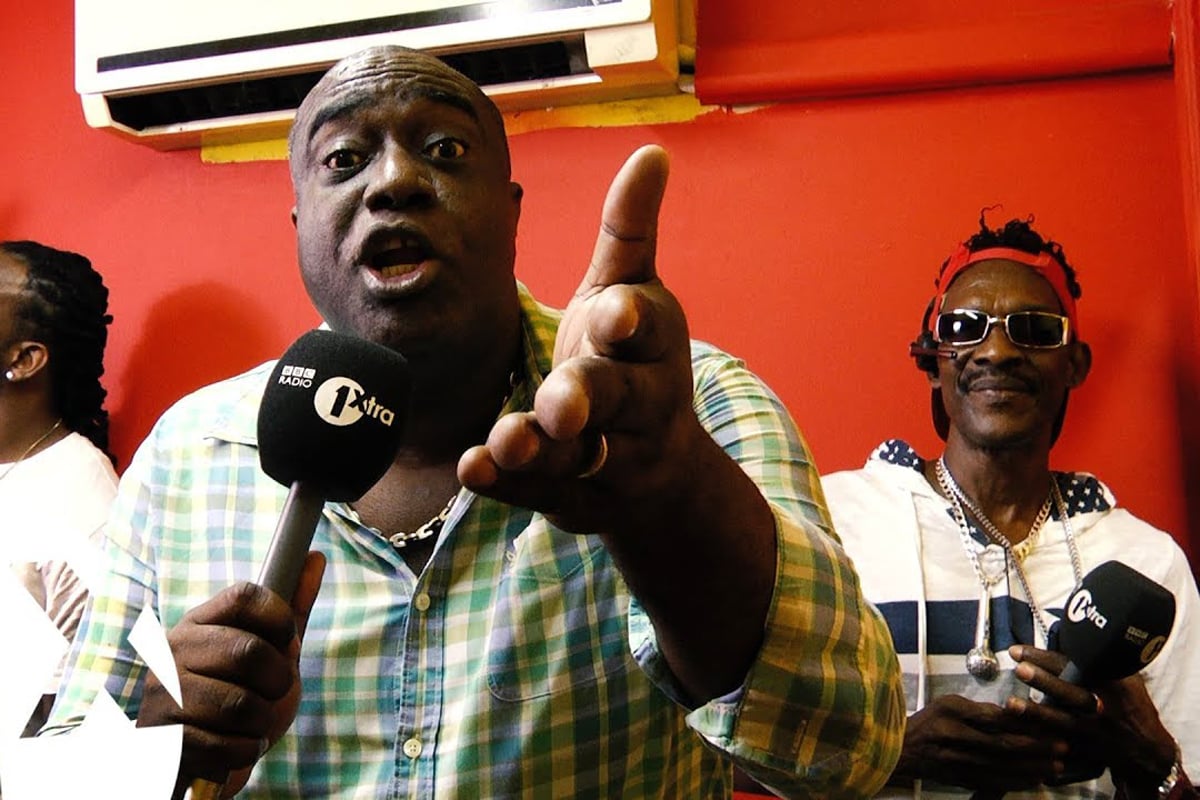The Role Of Storytelling In Dancehall

Story, according to American author and lecturer Robert Mckee is “the creative conversion of life itself into a more powerful, clearer, and more meaningful experience. [Stories] are the currency of human contact.” For people of African descent, especially, storytelling has been a significant element of all their mediums, from written to spoken, and now new media.
Many academics believe it is the first language, simply because it is a default way to understand just about anything. Perhaps the only thing more infectious to the human senses is music.
In Jamaican music, storytelling has such vital energy that it practically has its own sub-genre. Perhaps not officially dubbed so, but the audience goes crazy for a good storytelling song, which is a power and genre by itself. Particularly dancehall music has a rich history of storytelling.
In the early stages of the genre, deejaying evolved from toasting, which was a live freestyle over a beat mixed on the spot. That freestyle cadence lends itself very easily to reporting, observational commentary, or downright dramatic recollection of past events.
Dancehall’s rich history is steeped in storytelling and examples abound; from Super Cat’s mid-80s classic Boops , Professor Nuts’ 91 stunner In A De Bus , Bounty Killer’s 96 hit Living Dangerously , or Busy Signal’s These Are The Days , from his 2008 sophomore album Loaded.
Even though storytelling is, in a way, a subgenre of its own, it is also written into the building blocks of our languages. Hence, the very fabric of the mediums we use like music, speech, literature are all bound to the same rules of storytelling in subtle ways. Dancehall as a genre is performative in nature, and performance is a demonstration of story, so the primary creative drive of the music itself has always been; imparting narrative.
Performances and clashes from back in the day, with artistes like Merciless, and Ninjaman were predicated on the fact that their job was to convince the audience that their story was authentic. This, of course, meant, audiences needed to believe the role these artistes were playing, and they came out with those expectations.
Add-ons like props and costumes were just tools in the arsenal of deejays, as per Ninjaman’s 2003 cowboy themed costume and appearance on Sting’s stage. It’s also worthy of note that westerns and outlaw films of the 1940s starring the John Waynes and the Clint Eastwoods were huge influences on the gangster culture in Jamaica. But an artiste’s most valuable skill was how well they could move the crowd to the point of belief. This created an unspoken synergy where audiences received dancehall music as performative story vehicles.
Contemporary storytelling in Dancehall involves a bit of dissonance, where younger audiences who may not be as aware of the politics of the genre are tuning in. Oftentimes they even have a desire to live out the stories in these songs.
While Bounty Killer, in an interview last month, bemoaned the lack of storytelling in Dancehall today, it is prudent to highlight great recent examples such as Masicka’s Grandfather , or his earlier efforts like Story Part 1&2 .
Govana’s recent release of HAMANTS Convo is also a key example, after which he proceeded to pay tribute to Professor Nuts, who he acknowledged as a predecessor of the style. Busy Signal appears to have gotten wind of this and reposted his 2017 hit The Reasoning , which features a similar style.
To credit all those that have contributed to building the storytelling standard in Dancehall, music would be exhaustive. While it is important to acknowledge everyone, it is also essential to understand that storytelling is not just a style, it is a language, one that is embedded in all other languages.
